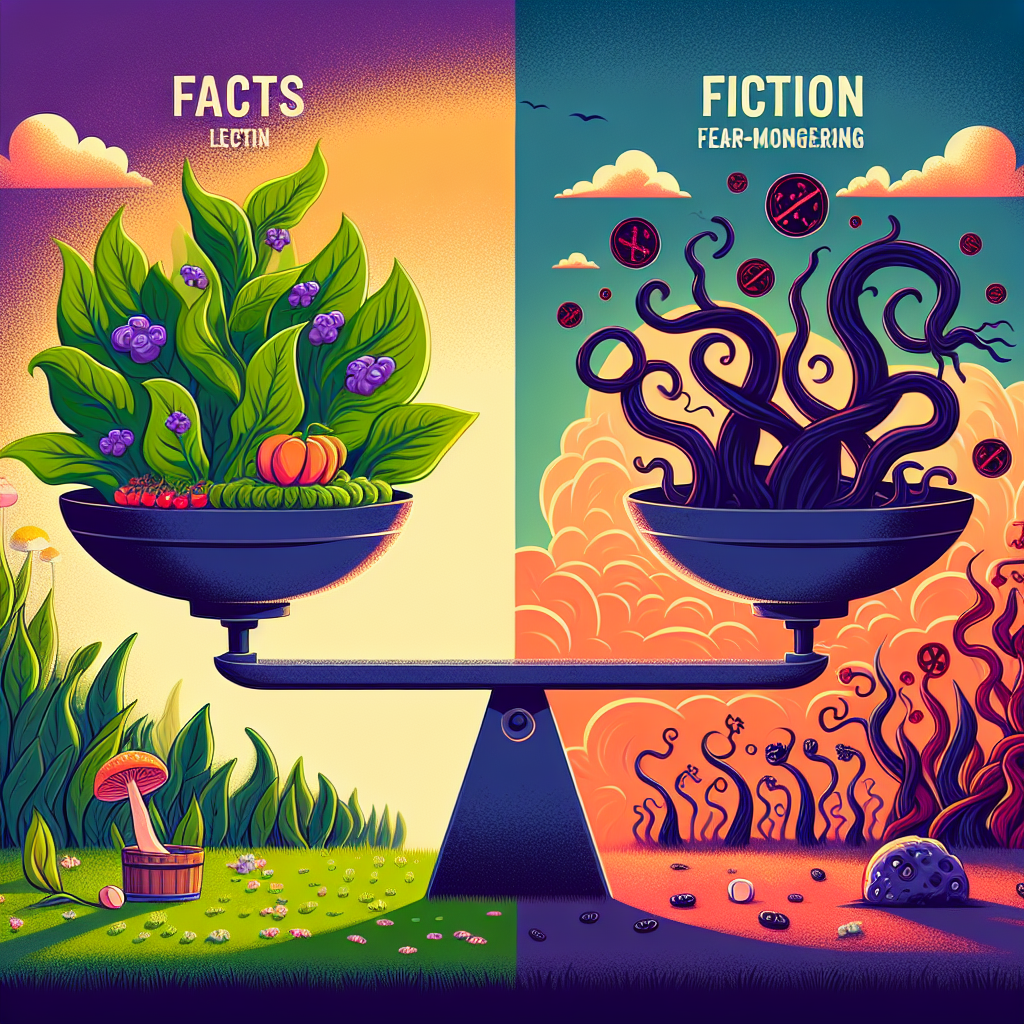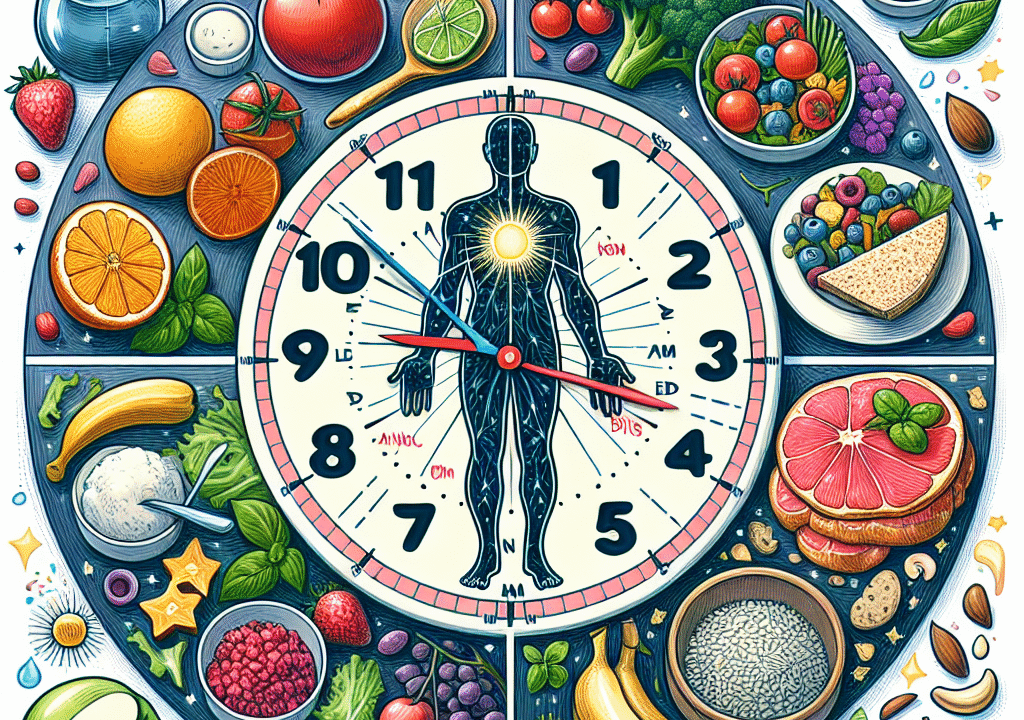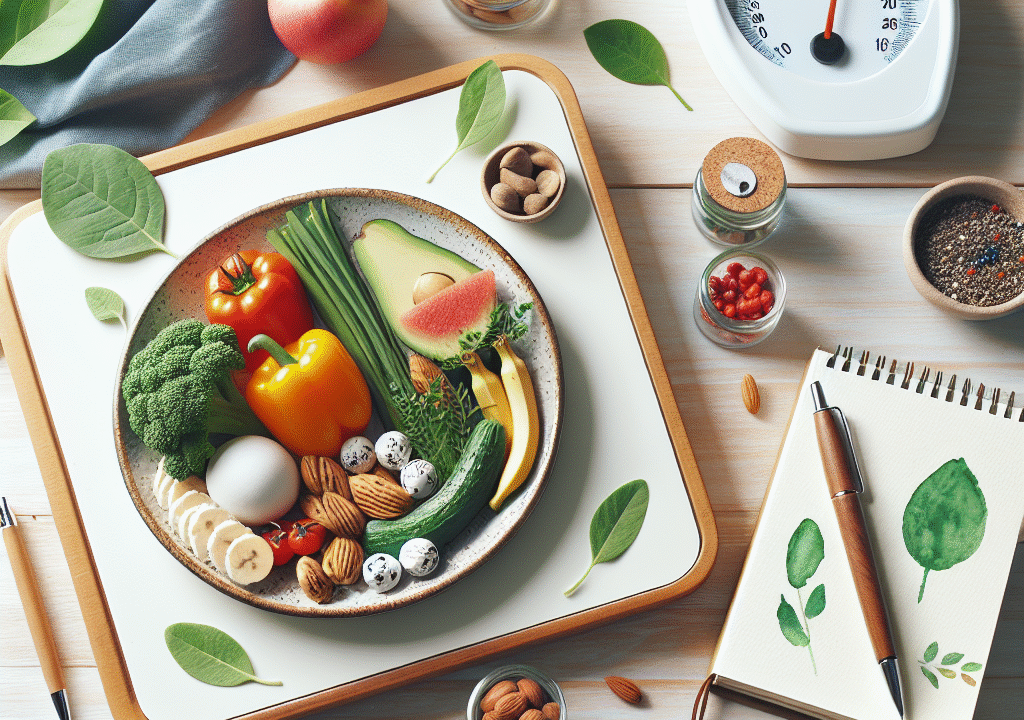
Title: The Lectin Paradox: Separating Plant Toxin Facts from Fear-Mongering Fiction
Introduction: Understanding the Lectin Controversy
In recent years, lectins in food have become one of the most hotly debated topics in nutrition and wellness circles. Popular diet books and social media influencers frequently label lectins as “toxic plant proteins” and associate them with a range of health problems — including digestive discomfort, chronic inflammation, and autoimmune reactions. As a result, everyday foods like beans, tomatoes, and whole grains have come under fire due to their lectin content.
But are these claims grounded in science? Or are they just the latest trend in nutritional fear-mongering? Let’s explore the facts and clear the confusion around lectins.
What Are Lectins and Why Do They Exist?
Lectins are naturally occurring proteins found in both plants and animals. They are particularly abundant in legumes (like beans and lentils), whole grains, and nightshade vegetables such as tomatoes, potatoes, and eggplants. In nature, they act as a defense mechanism, helping plants deter insects and pests by binding to carbohydrates on cell surfaces.
Inside the human body, dietary lectins may bind to cell linings in the digestive tract. While this may sound concerning, not all lectins are harmful — and many are neutral or even beneficial when consumed as part of a properly prepared meal.
Expert Opinion: The Nuance Behind Lectins
“Not all lectins are harmful. Some actually have anti-cancer or immune-supportive activity,” explains Dr. David Katz, a preventive medicine expert and founder of the True Health Initiative. “The problem isn’t with lectins — it’s with the oversimplification of nutrition science.”
Although it’s true that some lectins (like ricin from castor beans) are toxic, these do not appear in the human food supply. The lectins in commonly eaten foods are largely neutral or beneficial when properly cooked.
Where the Anti-Lectin Trend Began
The widespread apprehension toward lectins can largely be traced back to the 2017 best-selling book The Plant Paradox by Dr. Steven Gundry. In the book, Gundry claims that lectins are responsible for “leaky gut,” inflammation, weight gain, and other health issues. These claims, though compelling to readers, are not strongly supported by objective research.
Reality Check from Nutrition Experts
“There is currently no strong evidence that dietary lectins cause widespread harm in humans,” notes the Harvard School of Public Health. “Fears about lectins are largely exaggerated, especially considering how common these foods are in cultures with high life expectancies.”
The truth is, many of the healthiest populations on Earth regularly eat lectin-rich foods without experiencing the health crises predicted by anti-lectin advocates.
Are Lectins Actually Harmful?
The impact of lectins on health greatly depends on how the foods containing them are prepared. For instance, raw or undercooked red kidney beans contain a lectin called phytohaemagglutinin, which can cause digestive distress. However, simple cooking methods like soaking and boiling completely neutralize this risk.
Real-World Example: Cooking Red Kidney Beans
When red kidney beans are soaked overnight and then boiled for at least 10 minutes, their lectin content is reduced by over 95 percent. In this form, they are safe and highly nutritious, rich in protein, fiber, iron, B vitamins, and antioxidants.
This is a key point because legumes, whole grains, and nightshades are not just lectin carriers — they’re nutrient-dense foods that play important roles in global dietary patterns.
Global Context: Lectins in Longevity Diets
Cultures around the world — including those in the Blue Zones such as Okinawa and Sardinia — include high-lectin foods in their daily meals. These communities enjoy some of the longest lifespans and lowest chronic disease rates in the world.
By contrast, over 80 percent of the global population consumes beans and whole grains as dietary staples, according to the Food and Agriculture Organization (FAO). Yet, no scientific data links these dietary habits with increased autoimmune disorders.
Is Something Else to Blame?
If some people feel discomfort after eating beans or grains, lectins may not be the root cause. For individuals with conditions like irritable bowel syndrome (IBS) or food sensitivities, other compounds — such as FODMAPs or histamines — may trigger symptoms. Additionally, many people adopting low-lectin diets inadvertently cut out highly processed snacks and fast food, which can improve digestion and energy.
Example: Lifestyle Changes Make the Difference
Someone following a low-lectin diet may eliminate chips, cookies, or fast foods — not just legumes — resulting in better digestive outcomes. The improvement may stem from cutting processed foods rather than reducing lectin consumption.
Clinical Insight: Personalized Nutrition Matters
People with specific dietary conditions — such as Crohn’s disease or ulcerative colitis — should work closely with a registered dietitian or gastroenterologist before making sweeping dietary changes. Gut health is nuanced, and one-size-fits-all solutions rarely apply.
The Real Reason Lectins Get a Bad Rap
Lectins have become scapegoats in a wellness culture eager for quick fixes. The desire to pinpoint one “bad” ingredient as the cause of multiple health issues often outweighs the complex reality of nutrition.
“Lectins are not the enemy. Demonizing entire food groups based on incomplete science does more harm than good,” says Dr. Marion Nestle, professor emerita of nutrition at New York University.
For most people, eliminating lectin-rich foods may offer no extra benefit — and could even deprive the body of important nutrients.
How to Reduce Lectins Safely and Effectively
Rather than cutting lectin-rich foods entirely, the smarter strategy is to prepare them properly. Traditional cooking methods such as soaking, sprouting, fermenting, and boiling significantly reduce lectin content and enhance digestibility.
These time-tested techniques, used across cultures for generations, make beans and grains not only safe but incredibly nourishing.
Your Best Bet? Focus on Balance, Not Fear
If you’re looking for ways to improve digestion or reduce inflammation, consult a registered dietitian. Rather than leaning on restrictive diets and popular fads, opt for approaches personalized to your needs.
Resources like eDrugstore.com can provide additional guidance on gut health, supplements, and medications suited to your individual circumstances.
Closing Thoughts: The Case Against Food Fear
Nutrition is inherently complex, and simplistic narratives about “toxic” ingredients don’t do us any favors. While uncooked lectins can pose risks, labeling all lectins as dangerous is both misleading and detrimental to public health understanding.
Opt for a commonsense approach: consume a variety of whole, minimally processed foods, use proper cooking methods when needed, and base your health decisions on scientific evidence — not internet-driven fears.
Conclusion: Let Science Guide Your Plate
Don’t let popular myths keep you from healthy foods like lentils, beans, and whole grains. These staples are not only safe when prepared correctly — they are essential components of vibrant, disease-fighting diets.
When we approach nutrition with curiosity rather than fear, we empower ourselves to make informed, long-lasting health choices — without falling for misleading trends.
References:
1. Harvard T.H. Chan School of Public Health. Lectins: Foods, Benefits and Risks. https://www.hsph.harvard.edu/nutritionsource/lectins/
2. U.S. Food and Drug Administration (FDA). Lectins and Red Kidney Beans. https://www.fda.gov/media/83271/download
3. Pusztai, A., et al. Importance of Lectins in Nutrition and Their Effects. British Journal of Nutrition, 1993.
4. Food and Agriculture Organization (FAO) of the United Nations. FAOSTAT Database – Global Food Consumption Patterns. https://www.fao.org/faostat/


